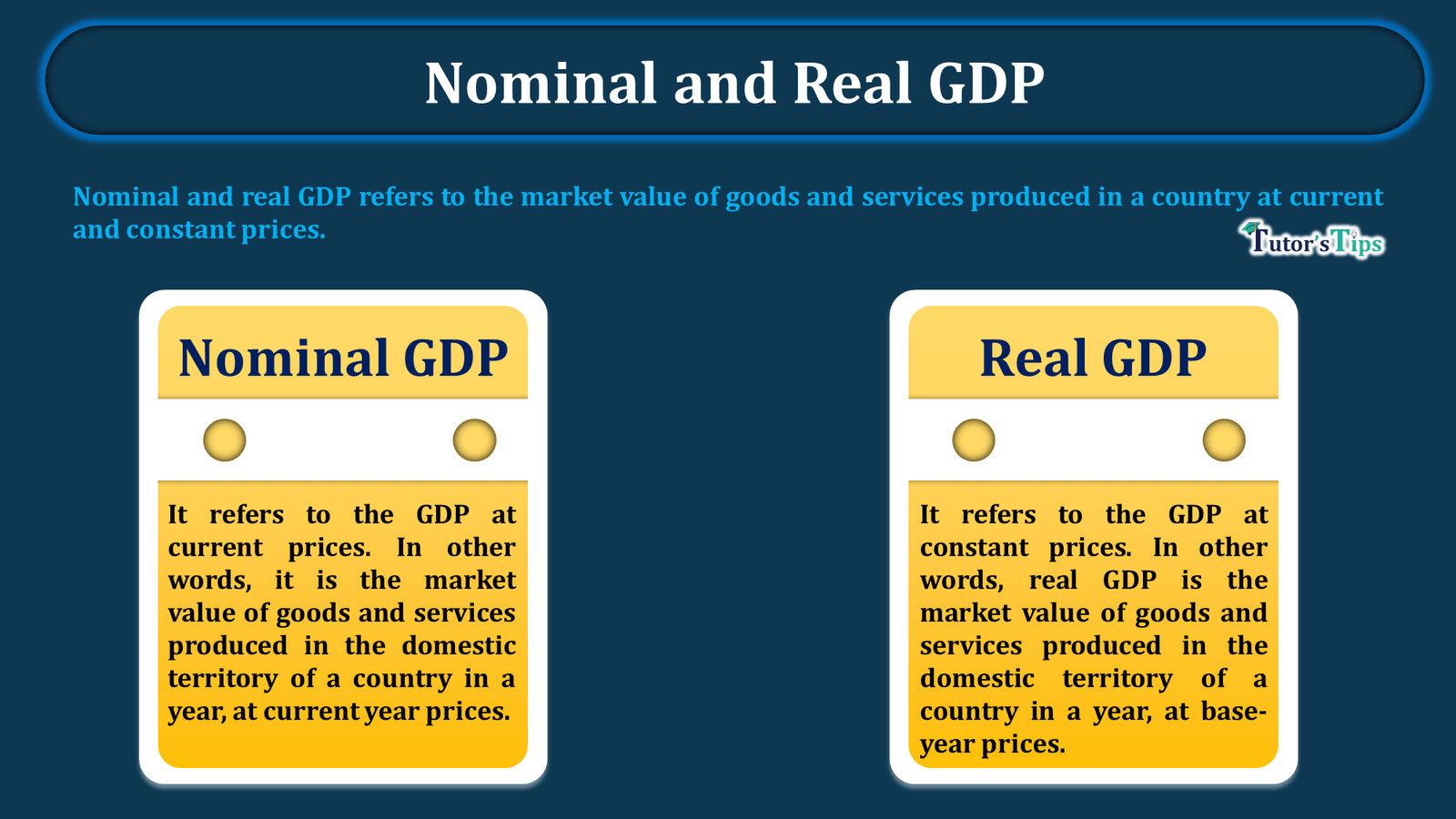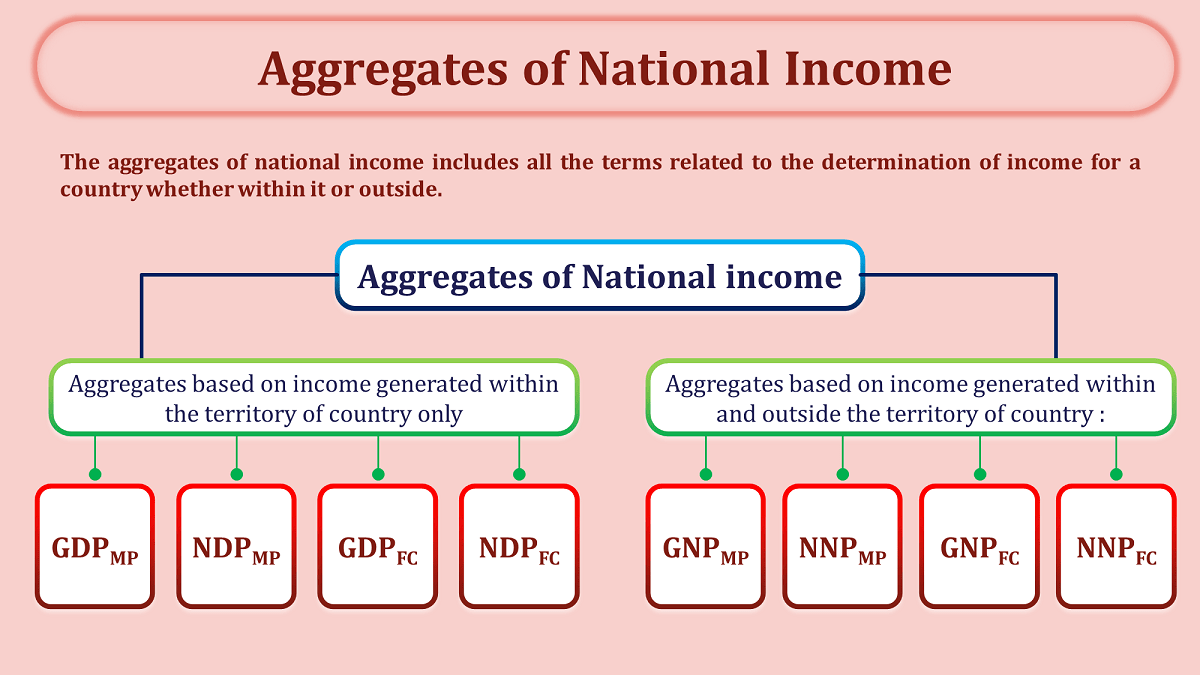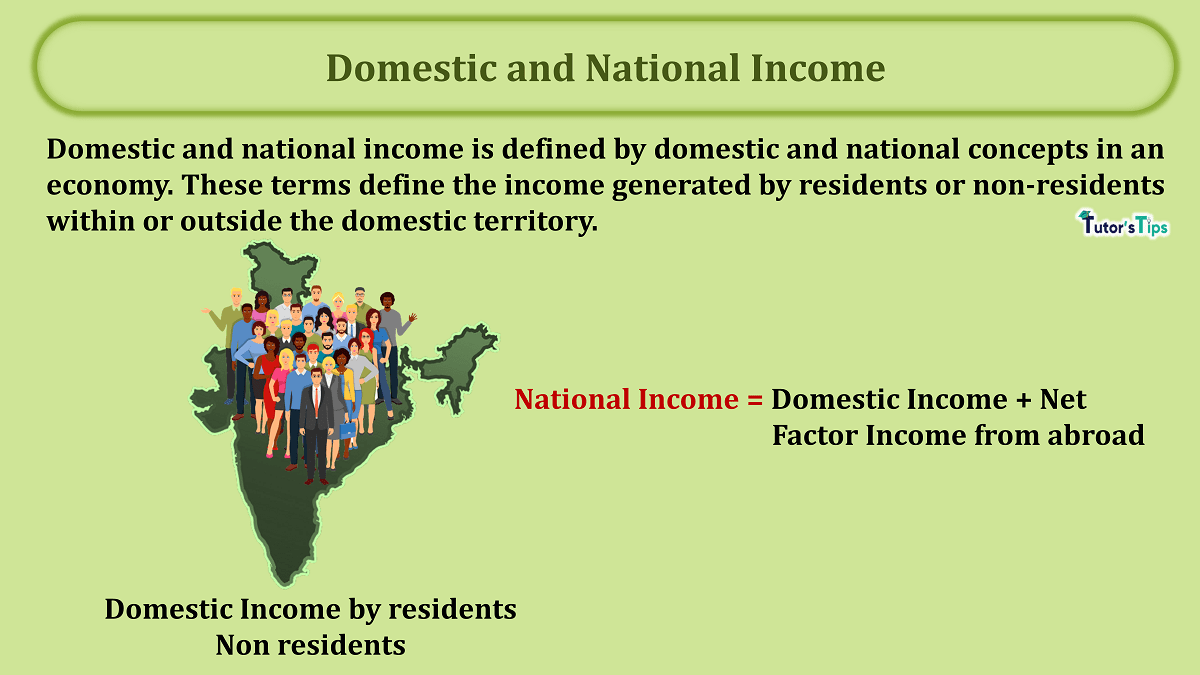Classification of goods refers to the 2 way classification in which goods can be categorized on the basis of usage as Consumer & Capital Goods and Final & Intermediate Goods.
Meaning of Goods:
Goods can be anything which satisfies human wants and give them utility. Thus, production and consumption of goods are core elements of economic activity. In the market, There is a variety of goods available like toys for children, video games for adults, uniforms for school children, machine and tools for farmers and transport means for tourists. Therefore, each commodity or good carries different characteristics and economic value for its consumer. Hence, as per their characteristics or economic values, in macroeconomics, the 2-way classification of goods is used to categorise the goods.
Classification of Goods:
Under the 2-way classification of goods, goods can be classified as:
- Consumer & Capital Goods
- Final & Intermediate Goods
In this article, we will discuss only Consumer & Capital Goods.
Consumer & Capital Goods:
This classification includes :
Consumer Goods:
These are goods which are directly used by consumers for the satisfaction of wants and attain utility. Also, these goods are not used for any further production.
For example, Clothes, stationery items and meal etc. are consumer goods as these are directly used by consumers for final consumption. Thus, these are also known as consumption goods. In other words, consumer or consumption goods are meant for final consumption by final users i.e. consumers.
Consumer goods can be classified as:
Durable Consumer Goods:
The goods which are used for a long period of time and have high value are known as durable consumer goods. Here, a long period of time includes several years of time. In addition to it, these goods are used repeatedly unless these are regarded as discarded or obsolete.
For example, scooter, cars, washing machines, fans, television and air conditioners etc.
Advertisement-X
Semi durable Consumer Goods:
The goods which are used for a shorter period of time and don’t have very high value, are known as Semi durable goods. Here, the shorter period includes a period of one year or slightly more.
For example, cosmetics, clothes, footwear, medication and plastics etc.
Non-durable Goods:
The goods which are used for only one time, are known as non-durable goods. Therefore, these goods are also known as single-use consumer goods. Also, these goods carry relatively low value.
For example, food, laundry detergents, petrol, domestic LPG, paper products and beverages etc.
Services:
These are non-material goods which satisfy human needs and provide utility. For example, services from lawyer, doctor, teacher, domestic servant etc.
Capital Goods:
The goods which are in the production for long period and have high value, are known as capital goods. These goods are known as fixed assets for the producers as these are used for further production. In addition to it, capital goods always carry depreciation costs with itself. Therefore, the goods which are used for a short period of time or carry low value cannot be included in capital goods.
For example, tractors, equipment, plant and machines in a factory etc.
As we discussed that machines are capital goods, but it is important to note that all machines are not capital goods. It depends upon the economic value and its usage. For example, the transport means used by the transport corporation are included in capital goods. On the contrast, if these are used by households for travelling, then these goods wouldn’t be covered under capital goods. Accordingly, the capital goods are only those durable goods which are used as producer goods, not consumer goods.
With this, it is also important to note that all capital goods are producer goods but all producer goods are not capital goods. As producer goods include all durable, semi-durable and non-durable goods which are used for production. On the other hand, capital goods include only durable goods used for production.
For example, producer goods include both:
Advertisement-X
(a) plant and machinery as fixed assets for production
(b) and raw material such as plastic
But, capital goods include only plant and machinery as raw material is is included in single-use or non-durable goods.
Final & Intermediate Goods:
This classification includes final and intermediate goods.
Final Goods:
These goods are those which are finally produced and ready for use by the final users. Here, the final user can be a producer or consumer. Therefore, the classification of final goods can be done as:
- Final Consumer Goods
- The Final Producer Goods
Final Consumer Goods:
The goods which are finally purchased by consumers for the satisfaction of wants and utility are known as final consumer goods. In other words, the goods for which the end-user is consumer, are known as final consumer goods. For example, milk and ice cream used or consumed by the consumer.
Final Producer Goods:
The goods which are finally purchased by producers as fixed assets for further production are known as final producer goods. In other words, the goods for which the end-user is producer, are known as final producer goods. For example, tractors and harvesters used by farmers.
Intermediate Goods:
The goods which are purchased by one firm from other firms for resale or for use as a raw material in the production process are known as intermediate goods. These goods are not ready to use by end-user.
For example, the spare parts purchased by firm 1 from firm 2, to make a vehicle are included in intermediate goods. Likewise, the clothes purchased by firm 1 from firm 2 to sell in the market for resale, are also included in intermediate goods.
Here, it is important to note that the same product can be an intermediate or final good. It all depends upon the end-user. If the good is used for final consumption by consumers, it would be called as a final good. On the contrast, if the same good is used for the production of some other goods by producers, then it would be known as Intermediate good.
Advertisement-X
For example, sugar used as raw material for the production of a sweet dish by confectioner is regarded as an intermediate good. On the other hand, the sugar used by households in tea or coffee for consumption would be regarded as a final good.
Thanks!!!
Please share with your friends
Comment if you have any question.
References:
Introductory Microeconomics – Class 11 – CBSE (2020-21)







1 Comment